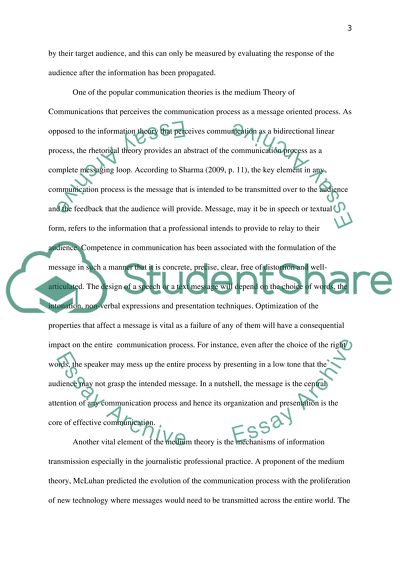Cite this document
(“Communication Theories Essay Example | Topics and Well Written Essays - 3500 words”, n.d.)
Communication Theories Essay Example | Topics and Well Written Essays - 3500 words. Retrieved from https://studentshare.org/journalism-communication/1486390-communication-theories
Communication Theories Essay Example | Topics and Well Written Essays - 3500 words. Retrieved from https://studentshare.org/journalism-communication/1486390-communication-theories
(Communication Theories Essay Example | Topics and Well Written Essays - 3500 Words)
Communication Theories Essay Example | Topics and Well Written Essays - 3500 Words. https://studentshare.org/journalism-communication/1486390-communication-theories.
Communication Theories Essay Example | Topics and Well Written Essays - 3500 Words. https://studentshare.org/journalism-communication/1486390-communication-theories.
“Communication Theories Essay Example | Topics and Well Written Essays - 3500 Words”, n.d. https://studentshare.org/journalism-communication/1486390-communication-theories.


